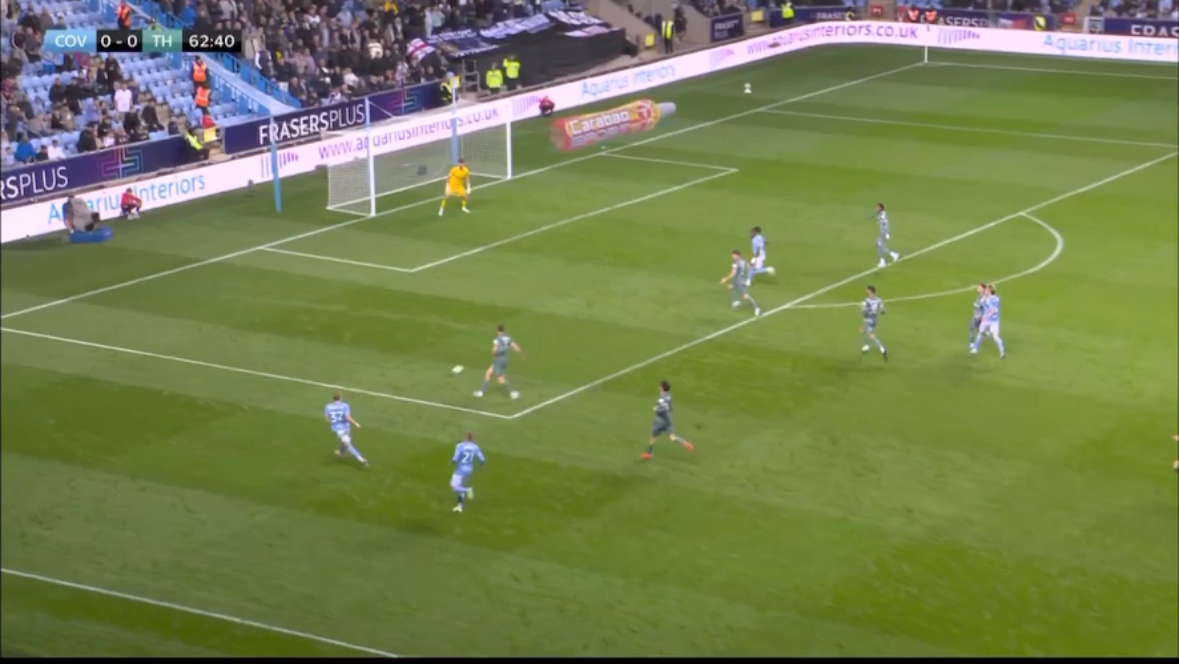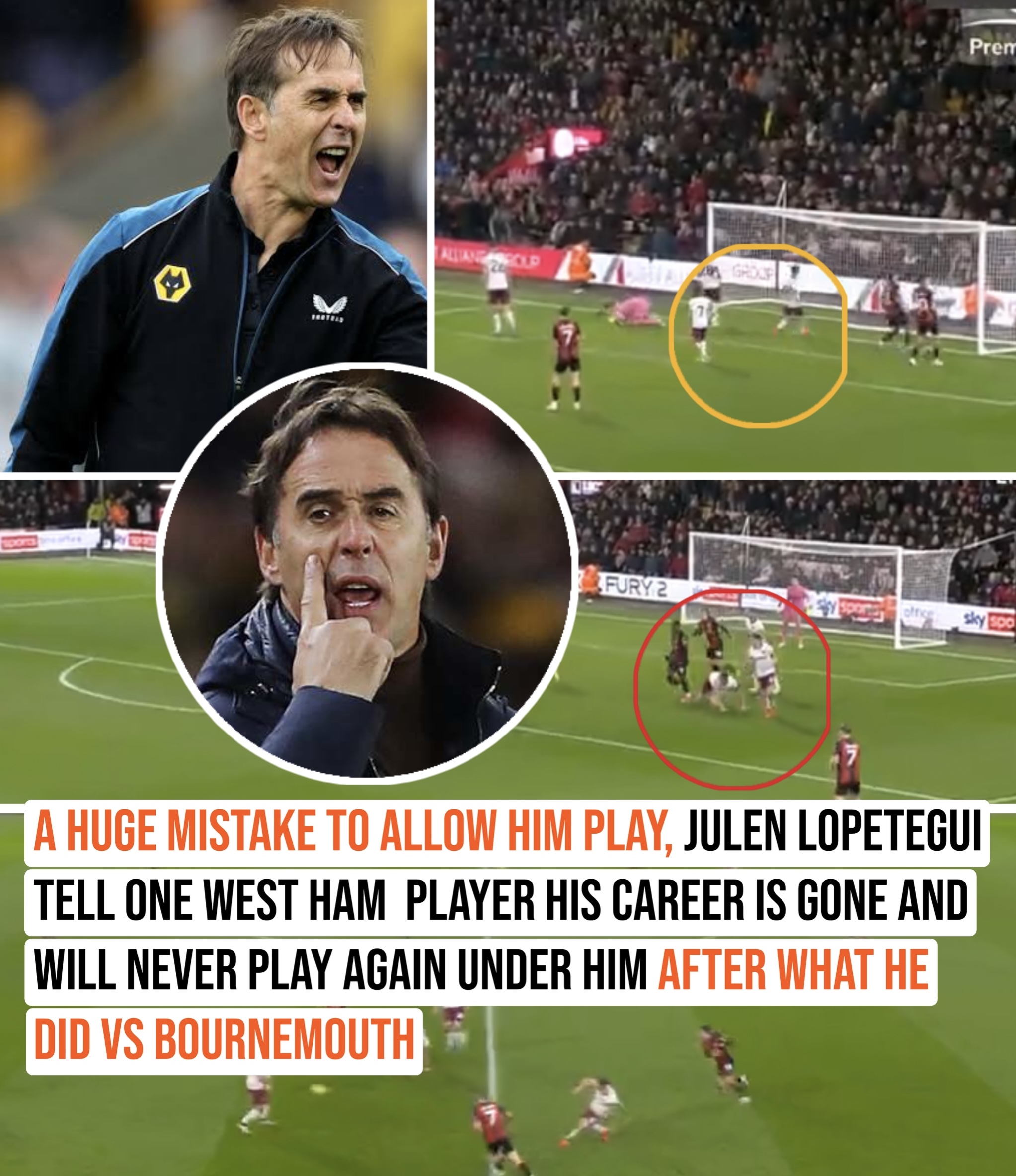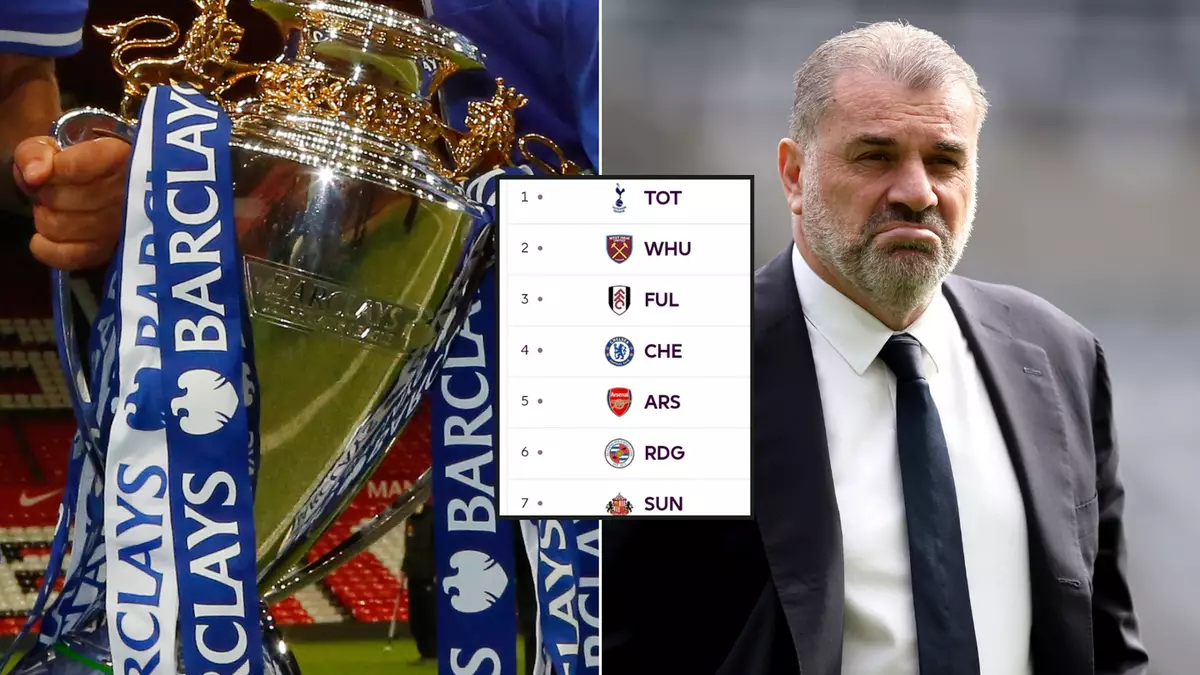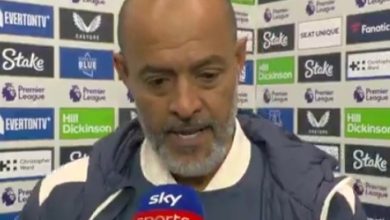The Inside Story of Fulham’s 3–1 Downfall — Fans Won’t Believe Who’s Involved
It was supposed to be a patch-up, a night where Fulham steadied the ship and stole back momentum on the road. Instead, what unfolded at the Vitality Stadium on October 3, 2025, looked less like football and more like a slow-motion unravelling — a team undone by a late burst of brilliance from an unlikely villain, questionable tactical choices, and a storm that felt like an unwelcome extra player. Bournemouth roared back from 1–0 down to win 3–1, with Antoine Semenyo’s double and a jaw-dropping Justin Kluivert strike turning the game on its head. For Fulham fans, the truth behind the collapse is messy, surprising, and — yes — involves a name nobody expected to be the centre of the fallout.
The scoreline only tells half the story
On paper: Fulham led thanks to Ryan Sessegnon’s composed finish that had away fans dreaming of three points. In practice, the numbers conceal a night of shifting momentum. Bournemouth’s comeback began late and savage — Semenyo’s equaliser in the 78th minute, Kluivert’s thunderbolt in the 84th, then Semenyo again in stoppage time to finish the job. It was a 20-minute collapse that transformed Fulham’s hopeful lead into a bitter, bewildering defeat.
Why this hurts more than most 3–1s: Fulham looked solid for long stretches; they had the bright, confident moment to go ahead. That makes the late meltdown less a reflection of season-long rot and more an indictment of immediate decisions — substitutions, shape, and who was left to defend the space when Bournemouth turned the heat up. The managers’ chess match is where the real story lies.
The unlikely villains — and the man who became a hero
Antoine Semenyo is the clear star of the night: two goals, relentless energy, and the sort of individualism that can break stubborn defences. But the real “who’s involved?” twist that has fans talking isn’t just Semenyo — it’s the role of Marco Silva’s selection choices and one particular omission that pundits and fans have picked apart.
Marco Silva’s Fulham went into the match with a forward configuration that prioritized structure over explosive game-changing players on the bench. When Bournemouth began to string pressure together, Fulham’s reactive options were limited. The key criticism from supporters and analysts after the whistle? Silva didn’t bring on the kind of creative, hold-up forward or defensive reinforcement early enough to blunt Semenyo’s momentum. That hesitation, critics say, directly fed the comeback.
And then there’s Justin Kluivert — often a name associated with flashes of brilliance rather than consistent match winners. His long-range strike was the kind of moment a highlight reel is built on, and it exposed a Fulham midfield and backline that had been pushed out of position by high-energy pressing. The image of Kluivert’s shot rippling into the top corner now sits in countless social feeds, and it immortalises the night Bournemouth turned the tide.
Tactical cracks: pressing, rotation, and one fatal moment
Tactically, Fulham were outplayed in two phases: late-game pressing and transition defence. When Bournemouth ramped up intensity, Fulham’s midfield collapsed into a reactive shape rather than a proactive one. That allowed Semenyo to find pockets of space that had not existed earlier in the match. The equaliser came from a solo effort that exploited a gap between Fulham’s left-back and the centre of midfield — a gap that should have been closed by a defensive switch or a pressing trigger.
The substitution pattern is being dissected on message boards: Fulham made changes, but not ones that altered the game’s momentum. Bournemouth’s manager Andoni Iraola, by contrast, used his bench with the precision of a surgeon — bringing on players who added pace and risk, forcing Fulham to make hurried defensive decisions. The result: a combination of tactical savvy on Bournemouth’s part and a conservative, almost frozen response from Fulham that cost them the match.
The weather (yes, really) and its psychological weight
A stormy, blustery night at the Vitality Stadium added more than wet grass to the equation — it added a psychological element. Wind, rain, and the unpredictable ball flight in those conditions favour the team that’s willing to play direct and risk long passes. Bournemouth adapted quicker to the conditions, pushing tempo and launching dangerous counters when Fulham tried to keep things tidy. Observers noted that Fulham’s attempts to build from the back stuttered as the match entered its frantic final phase, giving Bournemouth the opening they needed.
Pitch and weather as factors are often dismissed as excuses — but on nights like this one, they magnify small errors into match-winning moments. And when the errors come from selection or situational awareness, the blame rarely falls solely on chance.
The fans’ fury — and a name they didn’t expect to hate
Here’s the bit that’s spreading across social media and match forums: fans are directing unusual anger at a player many had trusted to be a calm presence — and that name is Ryan Sessegnon. Not because he scored (he did, and his goal briefly sparked hope), but because of how some supporters view his overall influence on the night.
Sessegnon’s goal in the 70th minute was clinical and deserved; yet, in the aftermath, sections of the fanbase questioned whether his presence encouraged Silva to stick to a formation that became too narrow once Bournemouth shifted gears. In the eyes of critics online, Sessegnon’s strengths as an attacker were not matched by the defensive cover that was needed to see out a tight away game. Fans are arguing this mismatch — the wrong player to secure a slender lead — shares responsibility with managerial conservatism. It’s a subtle point, but one that has amplified anger because it reframes the narrative from “we lost because they were brilliant” to “we lost because we made the wrong call.”
This is the kind of fan reaction that’s guaranteed to gall: blaming a player who did something positive because his presence created a tactical imbalance. It’s messy, emotional, and explained precisely why the headline “Fans won’t believe who’s involved” is trending.
What the manager said — and what he didn’t
Post-match quotes from Marco Silva were measured but tight-lipped. He praised Bournemouth’s attitude and Semenyo’s performance but defended his own selection and substitutions as choices made in the club’s long-term interests. The lack of full-throated admission — “we should have done X earlier” — left fans hungry for a scapegoat and pundits filling the silence with tactical autopsies.
In short: Silva acknowledged Bournemouth were impressive but did not concede that his in-game approach was the problem. That non-answer has become the spark for online anger: if your manager doesn’t admit a tactical misstep after a collapse like that, supporters will invent one for him.
Bigger-picture consequences: morale, table position, and next steps
This wasn’t just one loss; it was a statement — that Fulham still struggle to manage high-pressure game endings away from Craven Cottage. The defeat nudged them back down the table and raised questions about squad depth and fit for the tactical identity Silva wants to impose. Teams can recover from single losses, but patterns endure, and supporters are watching for patterns.
The immediate next steps for Fulham involve reassessing rotation policy, ensuring the bench contains true game-changers (both defensive and offensive), and addressing the situational training around defending against late surges. Expect heated tactical debates until Fulham proves it can close out matches where they’re marginally ahead.
The narrative fans will be feeding on — for weeks
Fans love a villain and a hero. Semenyo will be celebrated for weeks in Bournemouth circles; Kluivert’s strike will be replayed ad nauseam. For Fulham, the villains are less obvious — a manager’s conservatism, a collective failure to adapt, and a player whose very presence became part of the problem. It’s an unsatisfying story because there’s no single rogue move, just a cascade of small, correctable issues. But those small issues add up to nights like this one: dramatic, maddening, and ripe for social-media fury.
Final verdict: who’s really to blame?
If we’re handing out responsibility like match-day cards, here’s the short list:
Bournemouth’s gameplan and individual brilliance — undeniable and deserve full credit.
Fulham’s in-game management and tactical rigidity — these are the clearest controllable errors.
A couple of selection decisions (and the bench composition) that failed to provide the right responses at the right time.
The weather and atmosphere — amplifiers, not causes.
And finally, the social-media twist: fans will talk about Ryan Sessegnon, not because he was bad, but because his presence crystallised a tactical debate. That is the sort of petty, human reaction that fuels rivalry podcasts, late-night rants, and headline writers. It’s messy, it’s human, and it’s exactly what makes football more than a scoreline.
—
Fulham’s 3–1 downfall wasn’t one act of villainy — it was a sequence: an inspired comeback, a manager’s hesitance, a lack of the right bench options, and conditions that favoured the home side. The “who’s involved” line that’s lighting up fan threads isn’t pointing at one easy scapegoat. It’s pointing at a club in microcosm: talented, flawed, and prone to dramatic nights that make headlines and haunt highlights packages. If Fulham want the narrative to change from “downfall” to “bounce-back,” they’ll need to alter more than their starting X
I — they’ll need to change how they respond when the game turns nasty.










